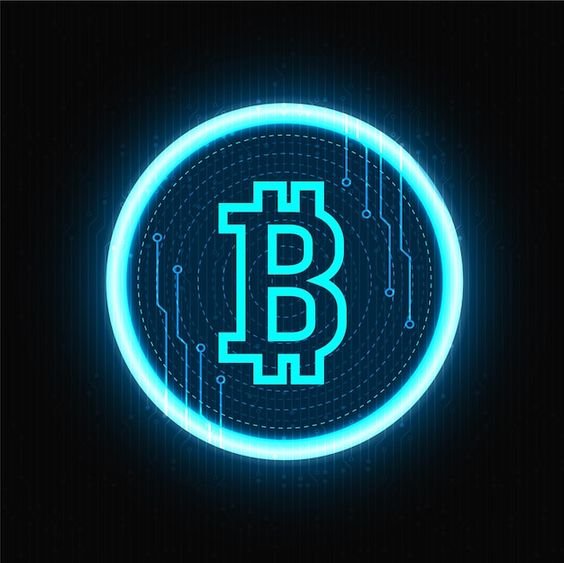
Blockchain technology has emerged as one of the most transformative innovations of the 21st century. Originally developed as the foundation for Bitcoin, blockchain now powers a wide range of applications—from financial services to supply chain management and even voting systems. But what exactly is blockchain? How does it work? And why has it gained so much attention across industries?
This beginner-friendly guide breaks down blockchain into simple, digestible parts so anyone can understand the mechanics behind the tech and the reasons behind its explosive growth.
What Is Blockchain?
At its core, a blockchain is a decentralized digital ledger. It records transactions across a network of computers in a way that ensures transparency, security, and immutability. Unlike traditional ledgers, blockchain stores data in blocks that are linked together in chronological order, forming a chain.
Each block contains:
-
A list of transactions
-
A timestamp
-
A reference (hash) to the previous block
-
Its own unique hash (a digital fingerprint)
Once added to the blockchain, a block becomes permanent and tamper-proof. The system maintains consensus across all participating nodes (computers), eliminating the need for a central authority like a bank or government agency.
Key Concepts You Need to Know
Before diving deeper, it’s important to understand a few fundamental concepts that make blockchain work:
1. Decentralization
Traditional systems store data in centralized databases controlled by a single entity. Blockchain, on the other hand, distributes data across a peer-to-peer network of nodes. Each node has a copy of the entire blockchain, which makes the system more resilient and resistant to manipulation.
2. Transparency
Every transaction recorded on a public blockchain can be viewed by anyone. This transparency builds trust and ensures that all participants see the same version of data.
3. Immutability
Once a block enters the chain, its data becomes nearly impossible to alter. Any attempt to change a block would require altering all subsequent blocks and gaining control over the majority of the network—a task that demands enormous computational power.
4. Consensus Mechanisms
Blockchains use consensus algorithms to ensure that all participants agree on the state of the ledger. Popular methods include:
-
Proof of Work (PoW) – used by Bitcoin
-
Proof of Stake (PoS) – used by Ethereum 2.0 and others
These mechanisms maintain the integrity of the blockchain and prevent fraudulent activities like double-spending.
How Transactions Work on a Blockchain
To understand how blockchain functions in practice, let’s walk through a basic transaction:
Step 1: Transaction Initiation
A user initiates a transaction. For example, Alice wants to send 1 Bitcoin to Bob. She enters Bob’s wallet address, the amount, and signs the transaction with her private key.
Step 2: Broadcast to the Network
Once Alice signs the transaction, her request travels across the blockchain network. All nodes receive the transaction and hold it temporarily until it gets confirmed.
Step 3: Validation by Nodes
Miners or validators examine the transaction to ensure it is legitimate. They check factors like:
-
Does Alice have enough balance?
-
Is the transaction properly signed?
-
Has the transaction already been processed?
Step 4: Block Creation
Once validated, the transaction joins a list of others and gets added to a block. The miner who solves the cryptographic puzzle (in PoW systems) or the selected validator (in PoS systems) confirms the block.
Step 5: Block Addition and Chain Update
The newly confirmed block joins the existing blockchain. All nodes update their ledgers to include this latest block, ensuring consistency across the network.
Step 6: Transaction Complete
Bob now sees 1 Bitcoin in his wallet. The blockchain records the transaction permanently, and it cannot be reversed or modified.
Types of Blockchains
Not all blockchains operate the same way. There are three main types:
1. Public Blockchains
Anyone can join, view, and participate. Bitcoin and Ethereum run on public blockchains. These networks offer full transparency and decentralization.
2. Private Blockchains
An organization controls participation. Private blockchains serve internal purposes like managing supply chains, employee data, or audits.
3. Consortium or Hybrid Blockchains
Multiple organizations share control. These systems balance decentralization with efficiency and are common in finance and logistics sectors.
Applications Beyond Cryptocurrency
Blockchain powers cryptocurrencies like Bitcoin and Ethereum, but its potential stretches far beyond digital coins. Here are several industries where blockchain already makes a difference:
Finance
-
Cross-border payments settle faster and more securely.
-
Smart contracts automate and enforce financial agreements without intermediaries.
Supply Chain Management
-
Blockchain tracks goods from origin to delivery.
-
It improves traceability, reduces fraud, and increases efficiency.
Healthcare
-
Patients can control access to their medical records.
-
Hospitals and clinics share information securely and seamlessly.
Real Estate
-
Blockchain simplifies title transfers and reduces paperwork.
-
It minimizes fraud in land and property transactions.
Voting Systems
-
Voters cast secure digital ballots.
-
Blockchain ensures transparency, reduces tampering, and boosts voter confidence.
Advantages of Blockchain
-
Security – Advanced cryptographic techniques protect data.
-
Transparency – All transactions remain open for review.
-
Decentralization – No single point of failure.
-
Reduced Costs – Fewer intermediaries and faster processing.
-
Auditability – Real-time tracking of all transactions.
Challenges and Limitations
Despite its promise, blockchain also faces several challenges:
-
Scalability – Public blockchains struggle with speed and transaction volume.
-
Energy Consumption – Proof of Work consumes vast computing power.
-
Regulatory Uncertainty – Governments still craft frameworks to govern blockchain use.
-
User Errors – Losing private keys or sending funds to the wrong address cannot be undone.
-
Integration Hurdles – Legacy systems need significant changes to support blockchain.
Ongoing research and development aim to resolve these issues. Layer-2 solutions, sharding, and energy-efficient consensus mechanisms continue to evolve.
Final Thoughts
Blockchain redefines how data is stored, verified, and shared. This revolutionary technology removes the need for centralized intermediaries, enables trustless interactions, and secures information with unmatched transparency. Whether you’re an investor, developer, or simply a curious learner, understanding blockchain unlocks the door to a digital future where trust is encoded—not assumed.
As industries continue to adopt blockchain, staying informed will help you participate in its growth, build smarter strategies, and identify new opportunities in the evolving digital ecosystem.








